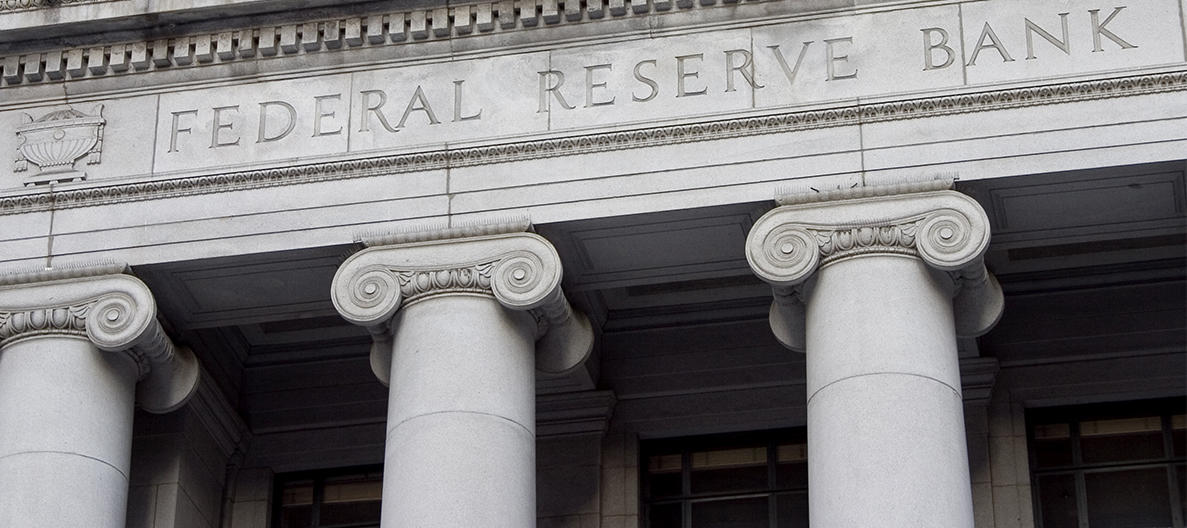by Liz Ann Sonders, Senior Vice President, Chief Investment Strategist, Charles Schwab & Co
Key Points
- The FOMC kept rates unchanged but upgraded its assessment of the economy.
- Get ready for every FOMC meeting having press conferences.
- Pace of QT picking up.
In a surprise to no one, the Federal Reserve opted to keep short-term interest rates unchanged at the conclusion of today’s Federal Open Market Committee (FOMC) meeting. There were no dissenting votes among the members. However, the statement did contain a few nuggets worth chewing on.
Bye-bye “for now”
There were a few upgrades to the Fed’s economic forecasts, including a change from “solid” to “strong” when describing economic growth, and calling out the strength in household spending specifically. In addition, the words “for now” were not used when addressing “further gradual increases in the target range for the federal funds rate.” At the June FOMC meeting’s press conference, Fed Chairman Jerome Powell had added “for now” during that part of the discussion.
In general, the review of the statement was that it took a slightly more hawkish tilt, although chances of a September rate hike remained steady at about 80% according to Bloomberg. The initial reaction by U.S. stocks was a retreat and Treasury yields held mostly steady.
Bye-bye non-pressers
This week’s meeting was the next-to-last FOMC meeting without a subsequent press conference. Under the direction of Fed Chairman Jerome Powell a decision was made recently to have a “presser” following every meeting, which begins next year. As a result, gone will be the days when investors could assume that the meetings occurring in between those with pressers would be free from worry about a rate hike. In other words, all eight annual meetings should be considered “live” next year and beyond; and therefore represent possible sources of market volatility.
We will need to look ahead at the impact on financial conditions of Fed policy and related market behavior. U.S. dollar liquidity pressures have actually eased a bit over the past couple of months, with financial conditions no longer tightening. But that honeymoon may be over soon.
On the QT
Aside from rates, there continues to be quantitative tightening (QT) to consider as the Fed shrinks its balance sheet. The speed of policy normalization via QT is picking up. In the first quarter, the Fed’s balance sheet shrunk by $36 billion in Treasury securities, which was less than 10% of Treasury issuance.
This quarter, the holdings are expected to shrink by $72 billion, according to TSLombard, almost 22% of the Treasury’s projected issuance of $329 billion (fourth-largest total for that quarter on record and higher than the $273 billion estimated in April). The pace of contraction will speed up next quarter to $90 billion, which would be more than 20% of the expected issuance of $440 billion. This increase in net supply from QT is becoming meaningful enough that’s likely to be a growing contributor to overall liquidity contraction.”
Copyright © Charles Schwab & Co
















